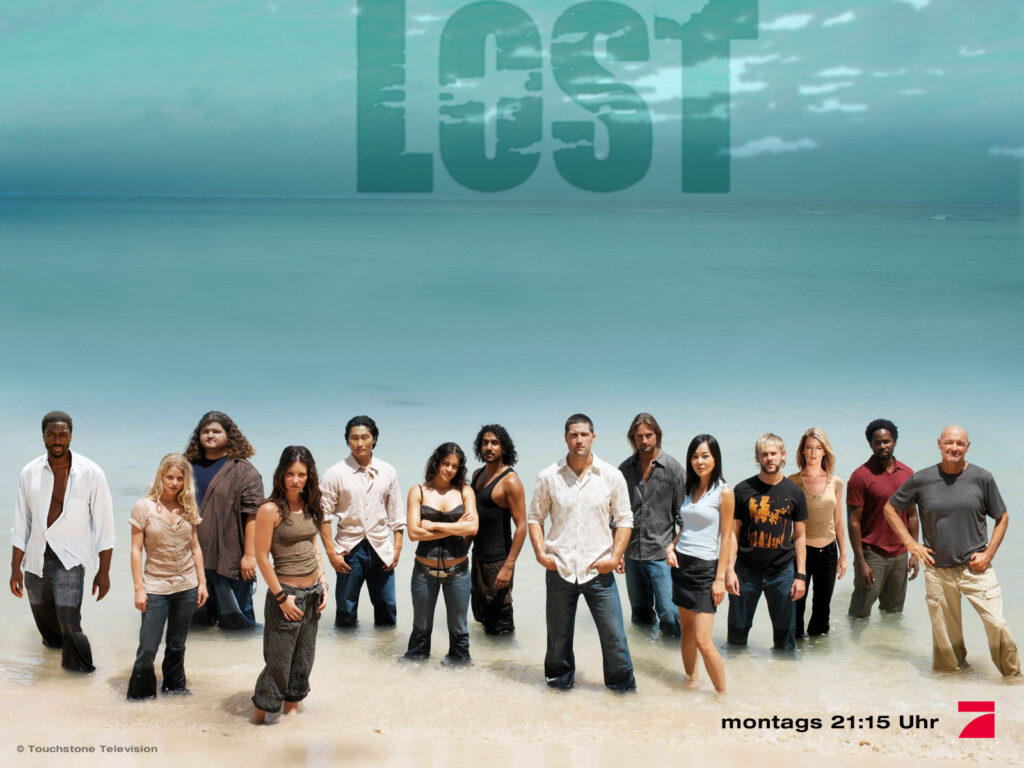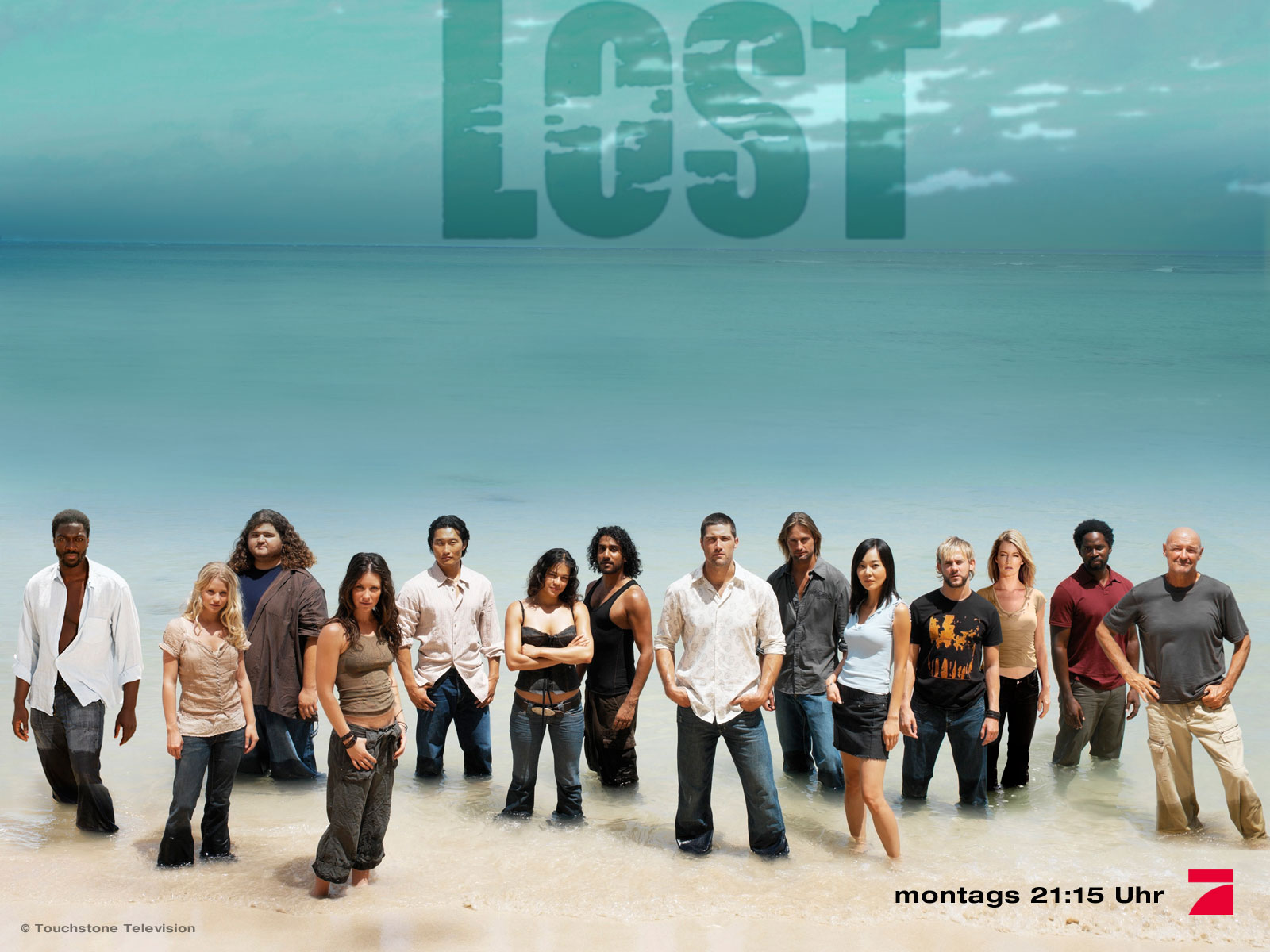
Previously on Death &Taxes, we learned that LOSTs and North Carolina’s local governments are important to each other, but dare I say it, have a complicated relationship.
LOSTs are an important source of revenue and some of that revenue is earmarked, but that is not why they have been receiving so much attention. The reason they have suddenly been a part of the tax reform discussion is the perceived inequity of the revenue raising capacity of different counties across the state.
Before we get to THE question of revenue raising capacity lets back it up a bit. First, this question is not new. There have been concerns about this since the 1990s. In fact, one law review article in Iowa, claimed that since LOSTs finance education that they were unconstitutional because it led to unequal education financing across the state. This concern is also not new to North Carolina. In fact, there are ways in which the state has (and had) structured the LOST laws in the state that address this.
**Quick disclaimer: I do not know the thinking or intent behind the policy. I can only say that it has the effect of addressing unequal revenue raising capacity issues.**
The first and clearest attempt to acknowledge differences in revenue raising capacity is the existence of a per capita distribution of revenue. The revenue generated by one of the instruments, with a rate of 0.5%, is pooled and distributed not where it was collected but on a (weighted) per capita basis. In the past, the revenue from two LOST instruments, totally a rate of 1%, was distributed on a per capita basis. The revenue allocated on a per capita basis is partially earmarked for education capital.
The per capita distribution helps even the LOST revenue across the state and is relatively unusual. The only other states that do this are South Carolina, Florida, and Washington. In those cases, the revenue is also earmarked.
The second and less obvious way that the state law has helped even the playing field for counties with lower revenue raising capacity is by taxing food. Why does taxing food make a difference? Well before I answer that question, let’s back up and talk about what drives sales taxes-people buying stuff!
Okay, I get it, you are thinking “I did not need to read this post to know that sales taxes are generated through the taxing of sales.” Fair enough, but it really is key. Research has shown that people like to make their purchases of clothes and the like where they have options. This is why shopping malls do well. People will drive further, but not TOO far, to get to a place with more retail options (or what is referred to by nerds like me as retail agglomerations). So people balance their desire to go somewhere close with their desire to have lots of stores and/or bigger stores to choose from. Therefore if your county has a (or even better THE) big mall you are not only going to have people from your county shop there, but probably also people from nearby communities. 
Back to food. Food you buy in your community. You, unless you live really close to a county border, are likely doing your grocery shopping in your town and county. So even counties without these retail agglomerations are generating revenue from food sales in similar levels as those counties with malls. Food is also a key part of the sales tax base and accounts for about 12.5% of LOST revenue in North Carolina. Also, food is stable. Sales taxes fluctuate with changes in the economy. If the economy is suffering, you may be buying less televisions, computers, clothes, fur coats, etc; but you are still buying food. The sales tax revenue generated by food sales is much more stable and predictable.
But it is not just about having a shopping mall. It is about keeping your citizens spending their dollars in your community and about getting other citizens to do the same. Shopping malls are one way of doing that but tourism and commuter populations are two big other ones. You may be sensing a pattern here, in my last post I mentioned never every county has the revenue raising capacity of Mecklenburg and Wake—this is why. Tourism is not limited to our urban counties though.
 There is a reason Lost was filmed at a beach. For example, Dare County generates more revenue per capita than any other county in the state. They have a lot of tourists and a low population. Therefore, Dare has a big numerator and a low denominator—which means they do well with regard to a per capita measure.
There is a reason Lost was filmed at a beach. For example, Dare County generates more revenue per capita than any other county in the state. They have a lot of tourists and a low population. Therefore, Dare has a big numerator and a low denominator—which means they do well with regard to a per capita measure.

Oh you thought the answers were coming this episode? I mean this post. Nope! Classic LOST cliffhanger. Tune in next time for a discussion of what sort of inequity ACTUALLY exists amongst the counties.

